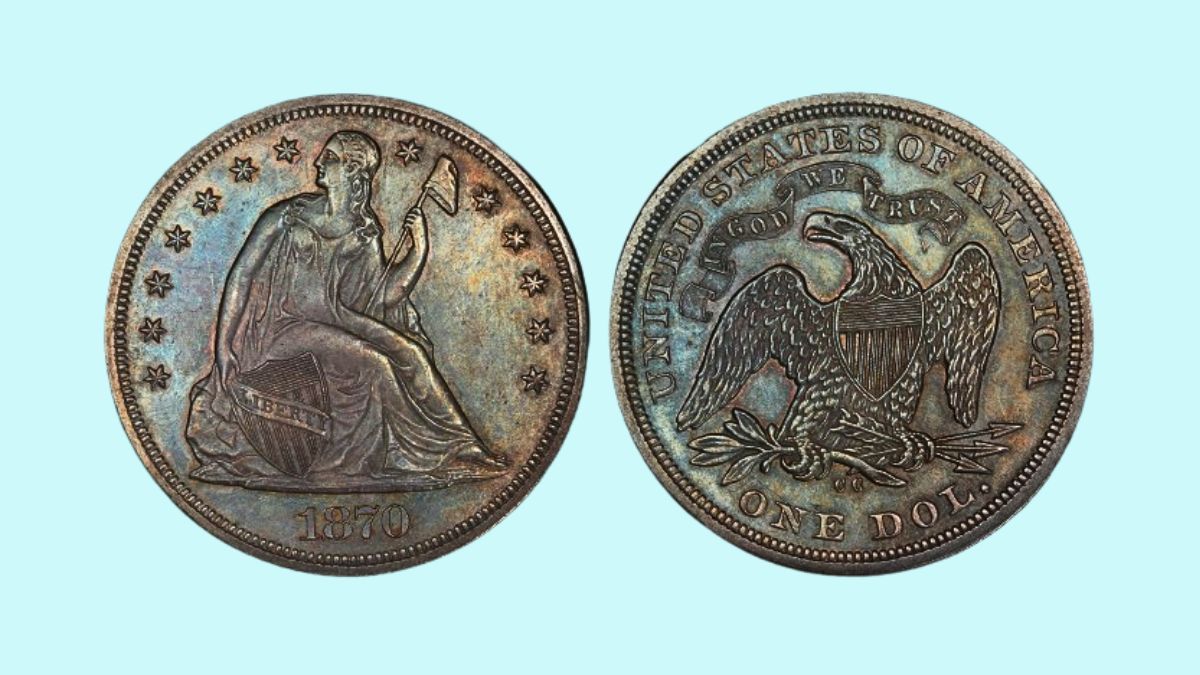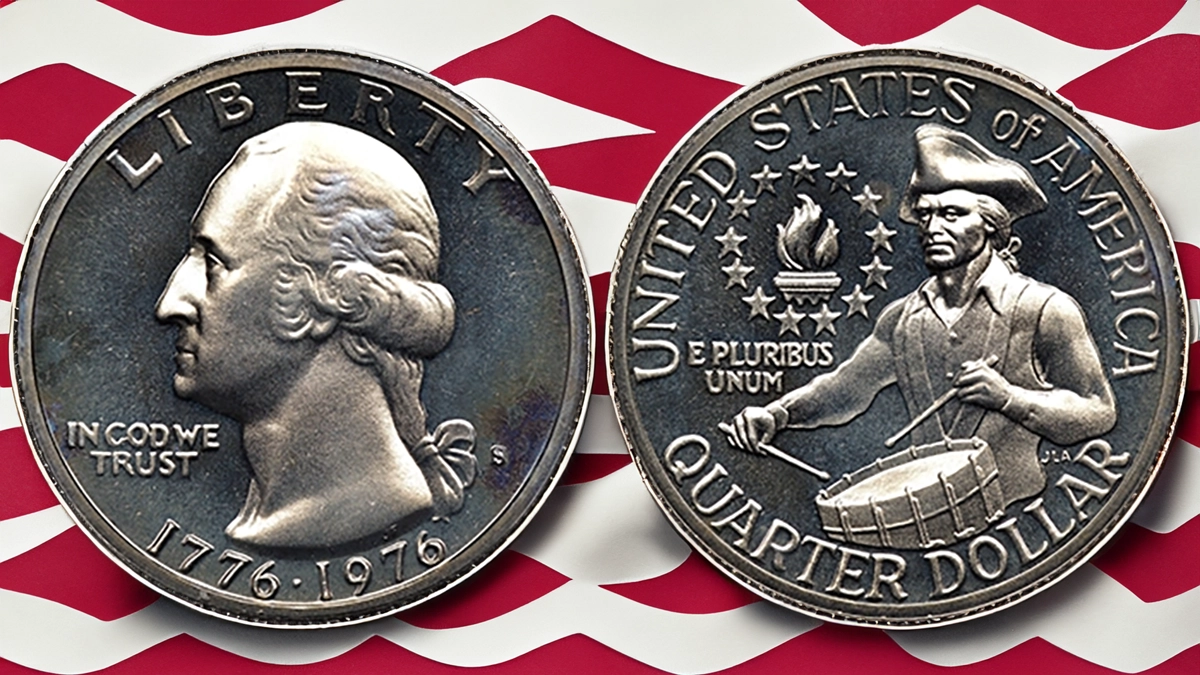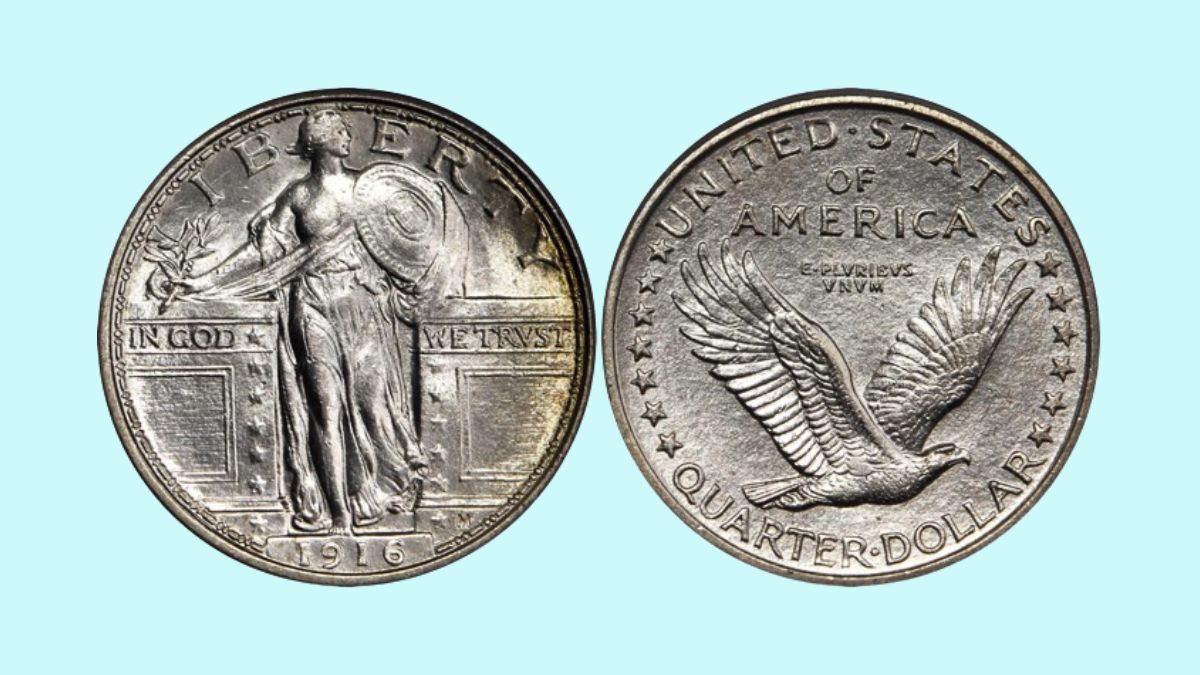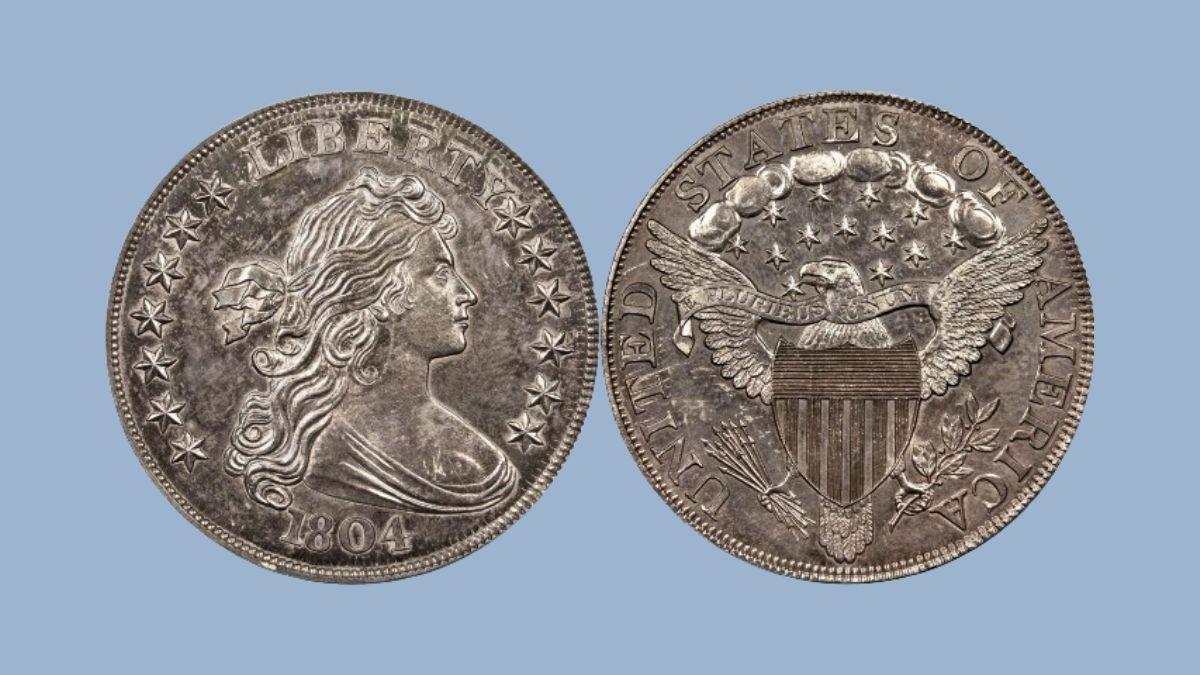Bicentennial Bonanza: $165K Value + 5 Rare Quarters Worth $40K:- The 1976 United States Bicentennial celebration marked the 200th anniversary of the nation’s independence, and the U.S. Mint honored the occasion with a special series of commemorative coins, including quarters.
Bicentennial Bonanza: $165K Value + 5 Rare Quarters Worth $40K
Half dollars, and dollar coins These special coins have not only become beloved collectibles but have also led to an exciting bonanza for numismatists, with some of these coins being worth substantial amounts.
ALSO SEE : Rare Bicentennial Quarter: $120K Value + 4 More $4000+ Gems!
Among them, the Bicentennial Quarters have drawn particular attention, with specific variants fetching as much as $40,000. The overall value of these rare finds has been estimated at $165,000, creating a treasure hunt atmosphere for collectors.
The Bicentennial Quarters: A Historical Overview

The Bicentennial Quarters, minted in 1975 and 1976, feature a distinctive dual date “1776–1976” to mark America’s 200th birthday.
Unlike traditional quarters, the reverse of the Bicentennial Quarter showcases a unique design of a colonial drummer, created by artist Jack L. Ahr.
This design was chosen through a national competition and stands as an iconic representation of American history. The obverse side, however, retained the familiar image of George Washington.
The U.S. Mint produced these special quarters at three different locations: Philadelphia (no mint mark), Denver (“D” mint mark), and San Francisco (“S” mint mark).
The San Francisco Mint struck both silver-clad proof and uncirculated versions for collectors, adding to the diversity and potential value of these coins.
What Makes Bicentennial Quarters So Valuable?

Despite their wide circulation and significant production volume, certain Bicentennial Quarters have become highly valuable due to specific characteristics and rarities. Here’s what collectors look for when determining a quarter’s worth:
- Minting Errors: Mint errors are some of the most sought-after features in coins. These can include double die obverses (DDO), double die reverses (DDR), off-center strikes, and other anomalies.
- Double die errors occur when the coin’s design is stamped twice onto the die, creating a doubled appearance on some of the design elements. Such errors are exceedingly rare and valuable.
- High-Grade Specimens: The condition of a coin plays a critical role in its value. Coins graded by professional agencies like the Professional Coin Grading Service (PCGS) or the Numismatic Guaranty Corporation (NGC) can achieve significant prices.
- A coin graded MS68 or higher (where MS stands for “Mint State”) is extremely rare. Coins in this condition are typically flawless or nearly flawless, with pristine surfaces and exceptional visual appeal.
- Silver Composition: While most Bicentennial Quarters are made of copper-nickel, a limited number were struck in 40% silver. These silver-clad coins were produced specifically for collectors and released in special sets.
- They are distinguishable by their silver-colored edge and are more valuable than their copper-nickel counterparts. Their scarcity, combined with the appeal of owning a silver coin, increases their market price.
Notable Bicentennial Quarters Worth Up to $40,000

Several rare Bicentennial Quarters have fetched extraordinary sums at auctions and through private sales. Here are some notable examples:
- 1976-S Silver Bicentennial Quarter (MS69): In 2019, a 1976-S silver quarter graded MS69 by PCGS sold for an impressive $19,200 at Heritage Auctions. The MS69 grade is just one point below the perfect MS70, making this coin one of the finest known examples.
- 1976-D Bicentennial Quarter with Double Die Error (MS62): Another fascinating specimen is the 1976-D quarter featuring a double die obverse error. This coin, graded MS62, was sold for $8,400 in 2023. Although the grade is lower, the double die error significantly enhances its value.
- 1976-S Silver Proof Bicentennial Quarter (PR70 DCAM): Proof coins are specially minted for collectors and often have mirror-like finishes. A 1976-S Silver Proof Bicentennial Quarter graded PR70 DCAM (Deep Cameo) sold for $920 in 2010.
- The PR70 grade denotes a flawless proof coin, and the deep cameo effect adds to its desirability.
Collecting Bicentennial Quarters: What to Look For

If you are a coin enthusiast or collector, it’s important to know what makes a Bicentennial Quarter valuable. Here are some key considerations:
- Inspect for Mint Errors: Use a magnifying glass or a coin microscope to search for minting anomalies. Look for doubling on the inscriptions or the drummer’s design, which may indicate a double die error. Even minor errors can increase a coin’s value substantially.
- Evaluate the Condition: The coin’s condition, or grade, is crucial. Uncirculated coins with no wear and sharp details are far more valuable than circulated ones. Original mint luster and lack of contact marks can make a significant difference.
- Determine the Composition: To check if a quarter is made of silver, examine its edge. Silver Bicentennial Quarters have a solid silver edge, while copper-nickel quarters show a copper stripe. You can also weigh the coin—silver quarters are heavier.
- Get Professional Grading: Submitting your coin to a reputable grading service like PCGS or NGC can authenticate its features and assign an official grade, which can help maximize its market value when you decide to sell.
FAQs on Bicentennial Quarters
Q1: Are all Bicentennial Quarters worth a lot of money?
No, most Bicentennial Quarters are common and only worth their face value. However, those with minting errors, high grades, or silver content can be quite valuable. Only a small fraction of these coins are considered valuable to collectors.
Q2: How can I tell if my Bicentennial Quarter is made of silver?
Silver Bicentennial Quarters have a solid silver-colored edge and weigh more than copper-nickel versions. You can also identify them by their mint mark. Silver coins were only produced at the San Francisco Mint and will have an “S” mint mark.
Q3: What is a double die error, and how does it happen?
A double die error occurs when the coin’s design is imprinted twice onto the die at slightly different angles. This results in a doubling effect on parts of the design, such as the text or imagery. These errors are valuable because they are rare and were not supposed to occur.
Q4: How do I have my Bicentennial Quarter graded?
You can submit your coin to professional grading services like PCGS or NGC. They will authenticate the coin, assess its condition, and assign it a grade. This service does have a fee, but it’s often worth it if your coin is rare or in exceptional condition.
Q5: Where can I sell a rare Bicentennial Quarter?
You can sell valuable coins through auction houses, coin dealers, or online platforms dedicated to numismatics, such as eBay or Heritage Auctions. Make sure to have the coin graded beforehand to increase your chances of getting a good price.
Conclusion
The Bicentennial Quarter is more than just a piece of commemorative coinage; it has become a symbol of American history and a potential goldmine for collectors.
While most of these quarters are not worth more than their face value, the rare few with errors, high grades, or silver composition can be incredibly valuable.
As the numismatic community continues to explore the history and rarity of these coins, the Bicentennial Bonanza remains a fascinating topic for both novice and experienced collectors.












